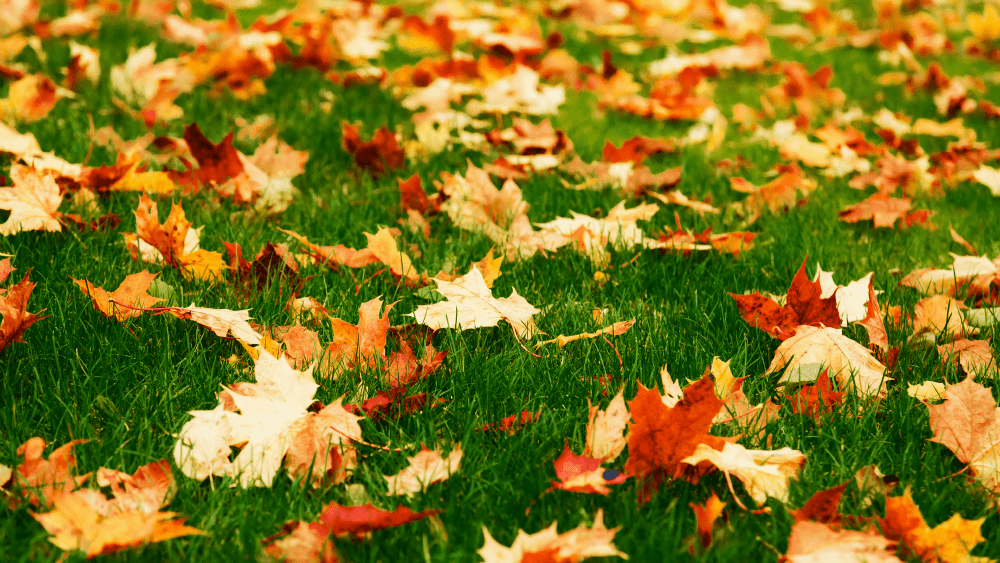It’s common for Midwesterners to spend the winter in warmer climates. But what about the insects that have been inhabiting yards all spring and summer long? Where do they go when the temperatures drop and the snow falls? Many head for your home.
Brown marmorated stink bugs, boxelder bugs, Asian lady beetles, and cluster flies – also referred to as occasional invaders – will soon start putting pressure on our customers’ homes and businesses. These insects are known as overwintering pests.
What are Overwintering Pests?
According to Jason Everitt, A.C.E., technical director for Rottler Pest Solutions, overwintering is how an insect passes the winter season. Many insects overwinter as adults, pupae, or eggs. This is done inside structures, under tree bark, or beneath fallen leaves or other plant matter on the ground, among other places.
“As the temperatures start falling into the 50s at night, they will seek out places to overwinter that provide them with warmth, food and moisture,” said Everitt. “These pests are usually found on the warm or sunny side of the home.”
Rodents Like Warmth As Well
Mice are another pest that will seek a warmer environment to ride out winter. The National Pest Management Association estimates that rodent activity will take place in 21 million homes in the United States during the fall and winter months.
Everitt said rodents can gain access to your home or apartment much easier than you think squeezing through openings the size of a dime.
Rodent droppings are a sure sign that you could have a mouse in your house. Mouse droppings are small, less than one quarter inch, and pointed on both ends. Rodents are also nocturnal and will create scratching sounds as they run inside walls and along floors.
WATCH ROTTLER’S JASON EVERITT DISCUSS OVERWINTERING PESTS
Six Tips to Keep Pests Out This Fall
An ounce of prevention now can save homeowners a lot of headache and money when it comes to pests. Once a pest infestation becomes established in your home it is more difficult and costly to remove them.
- Seal cracks and openings in the foundation, including areas where utilities and pipes enter the home.
- Replace worn caulk around window and door frames. Be sure to use quality materials and don’t forget to seal up points of entry inside the garage.
- Install door sweeps on exterior doors and repair damaged screens on ventilation openings and chimney vents.
- Eliminate moisture sources, including leaking pipes and clogged drains.
- Clean up yard waste and store firewood away from your home.
- Clean out your gutters – leaves allow moisture to collect and can attract pests.
Contact Rottler Pest Solutions
Protect your home from occasional invaders this fall and call 1-877-ROTTLER or email customerservice@rottler.com.


